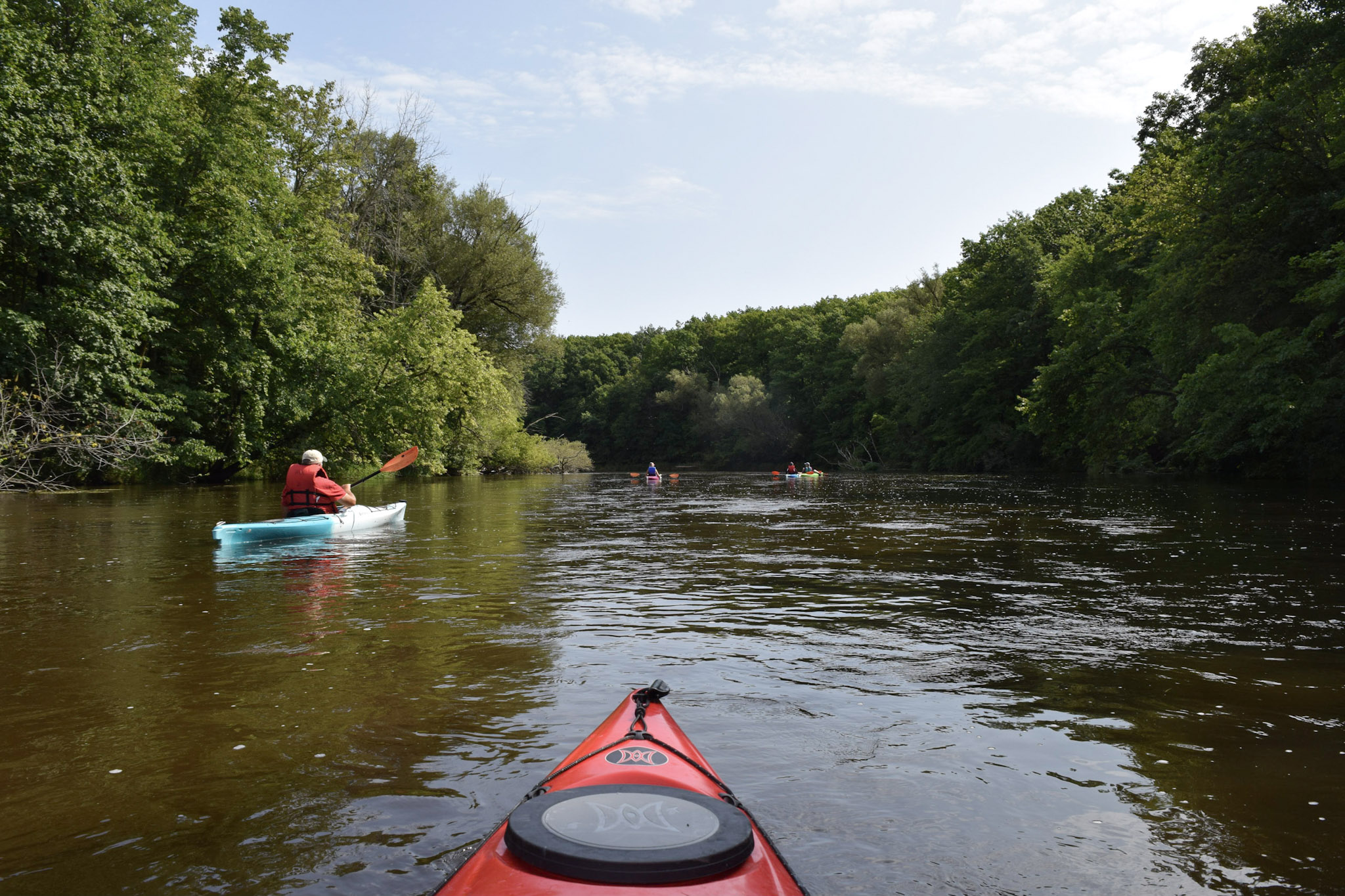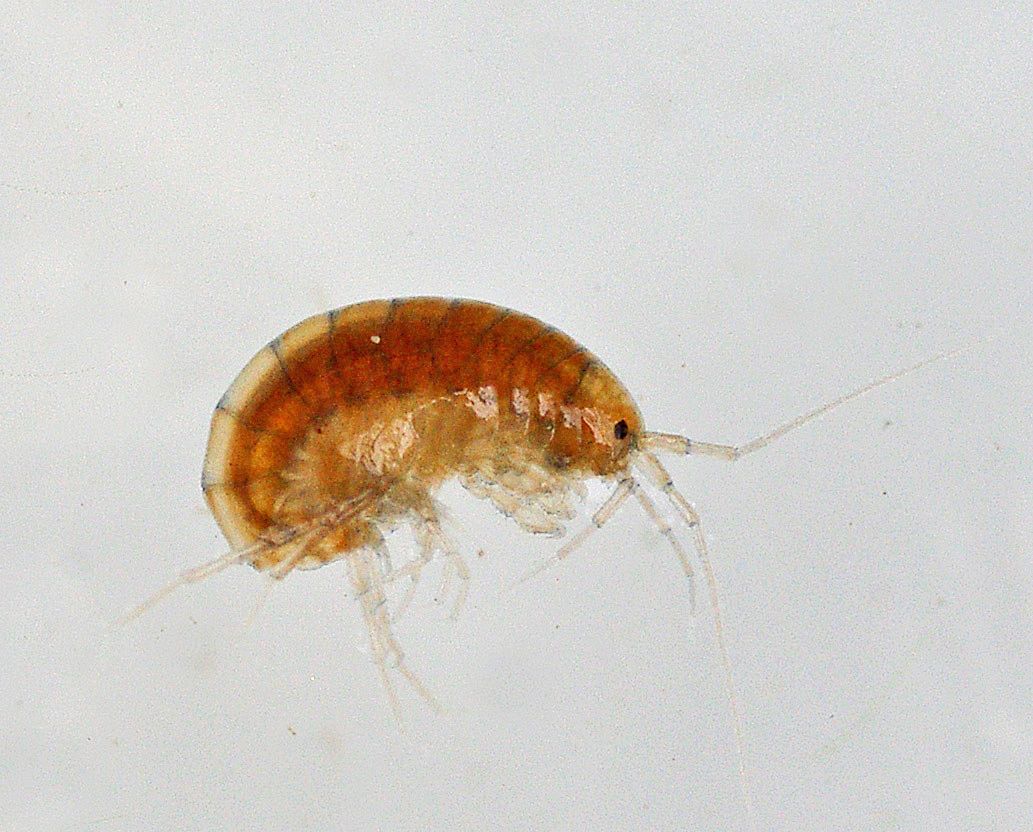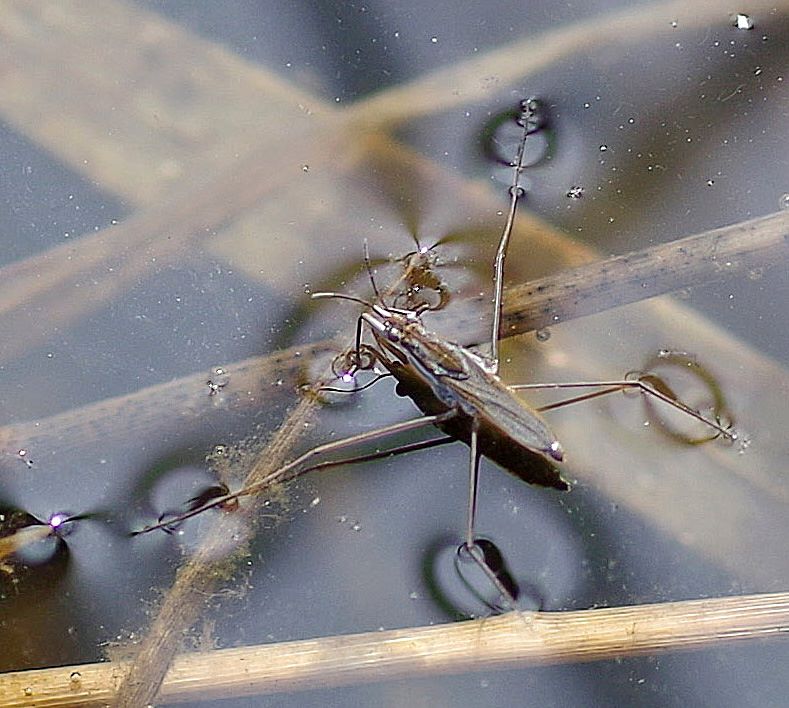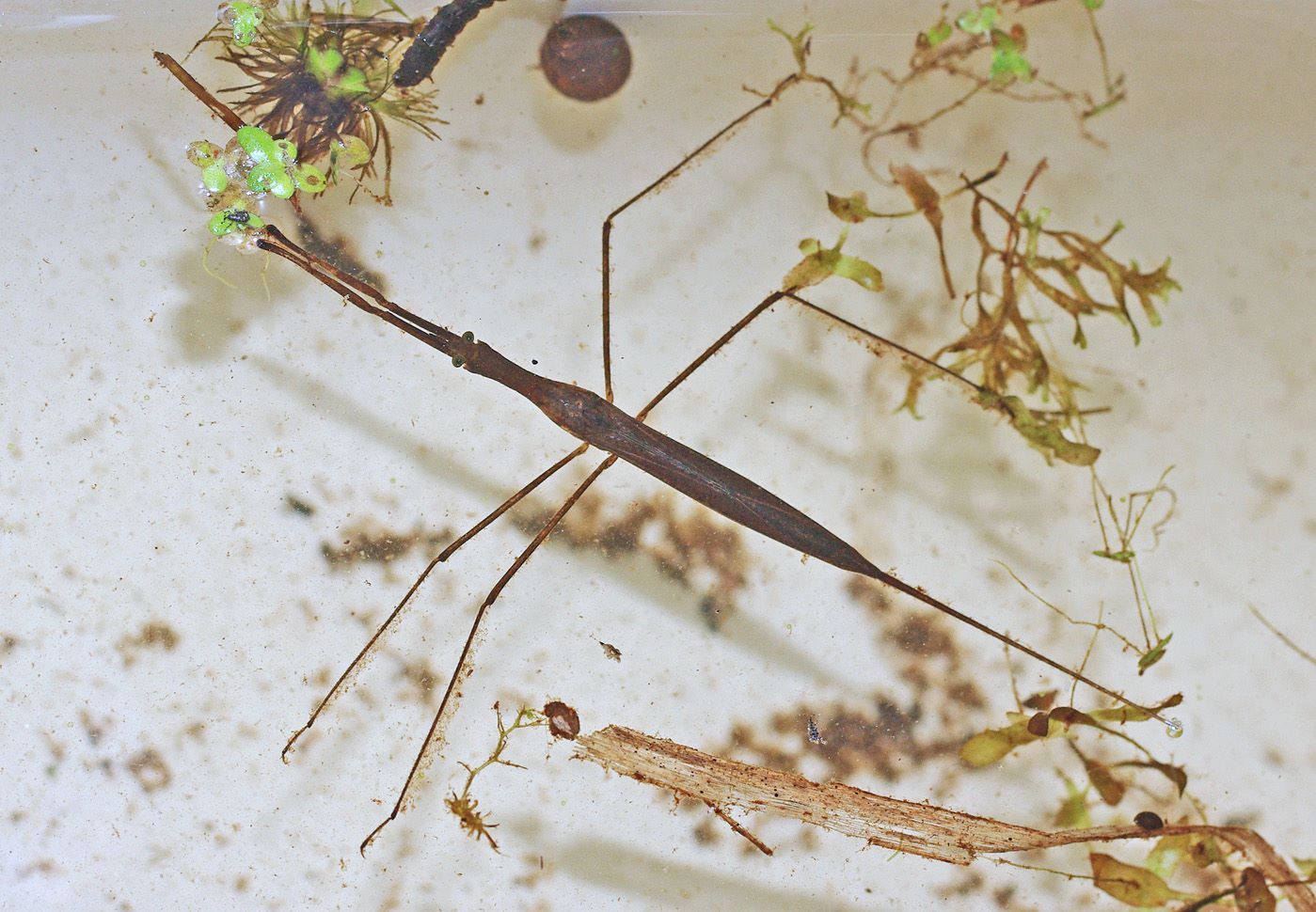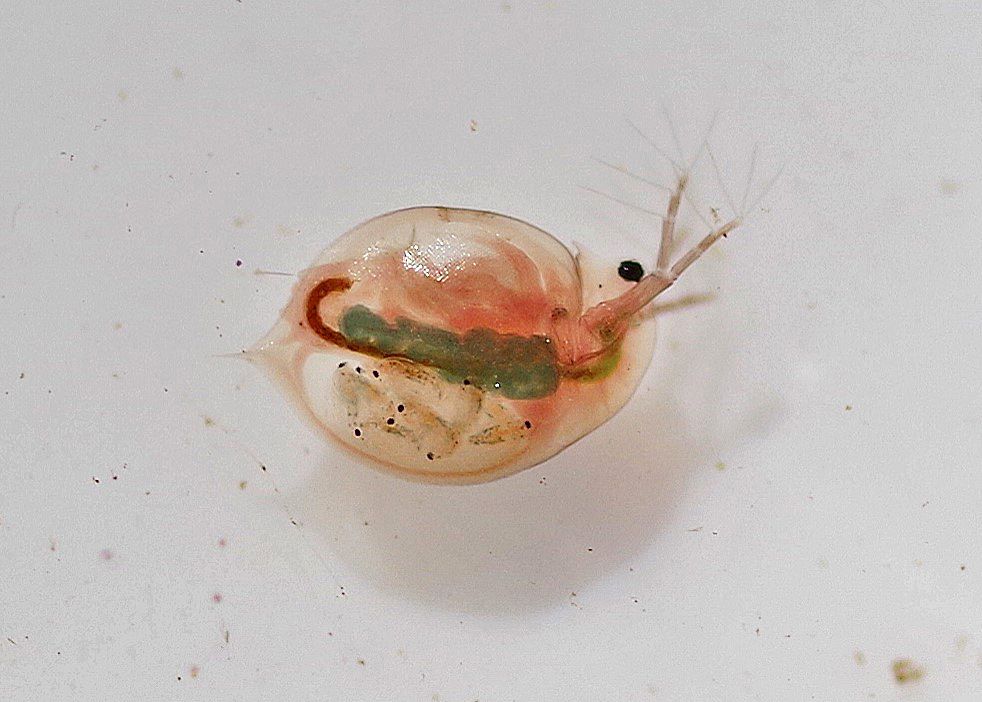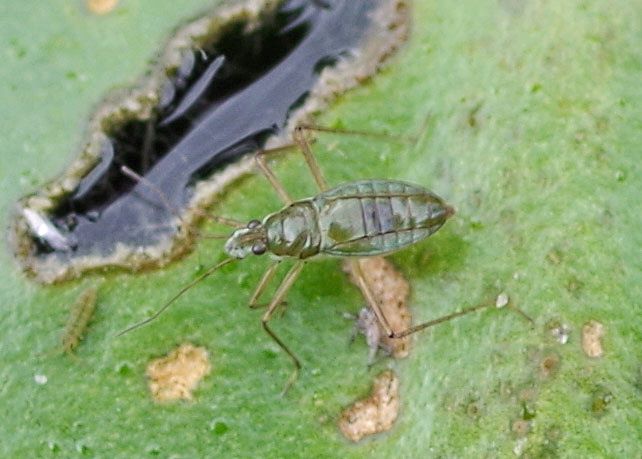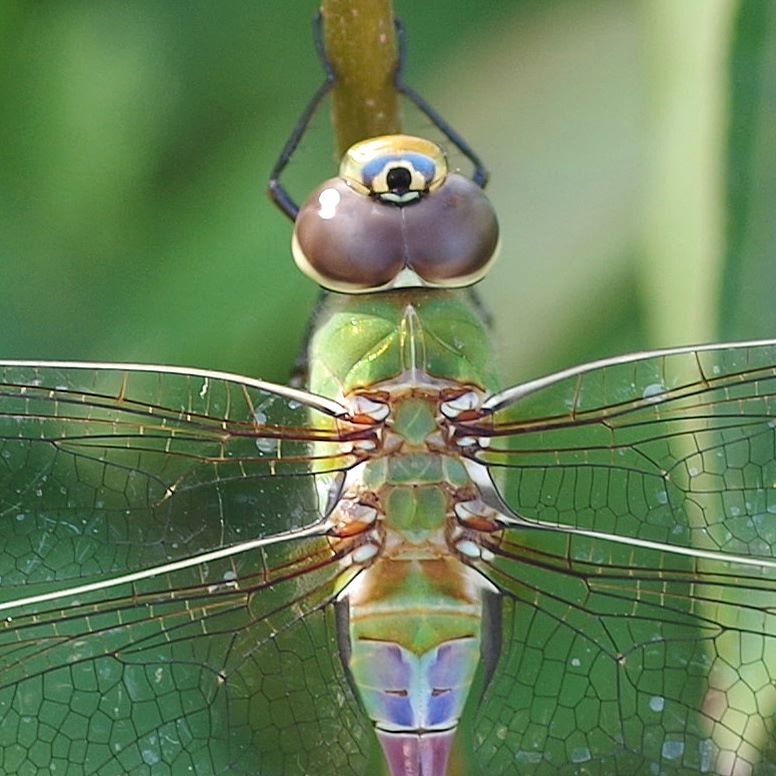
Bug o’the Week – Closed for June Ii – Bugs! Love ‘em or – well — love ‘em by Kate Redmond
Salutations, BugFans,
The BugLady usually closes for the month of June so that she can hit the trails, find newly-minted insects (preferably ones that she hasn’t written about yet), and start building up a stash of pictures for future episodes – by spring, her picture files are dominated by unidentified insects. Also, having hit 700 episodes at the end of March, the BugLady feels the need for a victory lap/vacation.
We’ve spent the last five weeks celebrating American Wetlands Month, but really, every day is Wetlands Day, so here’s an encore episode from 2011 that was in the queue when we ran out of Tuesdays in May. New words; new pictures.
SCUDS
Sit down and put your feet up, it’s a long story.

